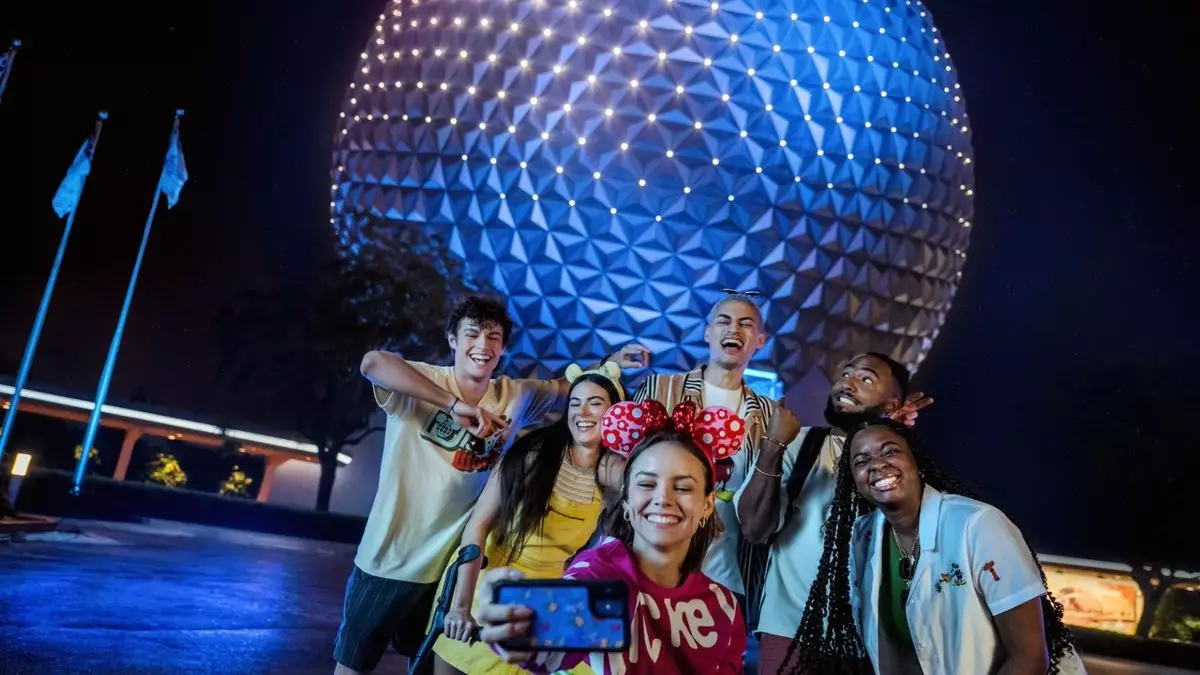In an ambitious move to enhance the visitor experience at its theme parks, Disney has recently launched the Lightning Lane Premier Pass. This innovative service allows guests to skip the traditional lines for attractions without the need for prior scheduling. While this move aims to streamline the experience for visitors, it generates a mixed bag of reactions, especially given its cost implications and operational mechanics across different parks.
The pricing structure for the Premier Pass is quite steep, ranging from $129 to a staggering $449 per person, depending mostly on the park and the specific date of purchase. Such a cost may limit access to wealthier patrons, raising questions about the inclusivity of experiences in what is traditionally considered a family-oriented entertainment giant. Several factors will influence the final price also include the popularity of the park and time of year. Already, comparisons can be drawn between this pass and existing skip-the-line products like the Lightning Lane Multi Pass and the Lightning Lane Single Pass, both of which still necessitate pre-scheduled time slots.
The Multi Pass is available at lower price points, typically between $15 to $39 per guest, allowing reservations across multiple attractions. Meanwhile, the Single Pass is commonly priced between $10 to $25 and is reserved for a limited selection of crowd-favorite attractions. Nonetheless, while these options provide diverse entry gateways for limited budgets, opting for the Premier Pass may feel like an unnecessary financial burden for many families.
The function of the Premier Pass varies significantly between the two coasts, highlighting Disney’s highly differentiated operational strategy. In Florida, specifically at Walt Disney World Resort, the pass is exclusively available to guests residing in deluxe accommodations, which include deluxe hotels and specific resorts such as Swan and Dolphin. This approach creates a hierarchy among park-goers based on their lodging choices, potentially alienating regular visitors who do not have the financial means to stay in these premium hotels. Furthermore, guests are permitted to purchase the Premier Pass only up to seven days before their arrival, which may not be convenient for spontaneous travelers.
On the other hand, the Disneyland Resort in California introduces upgraded flexibility for its visitors; here, the pass allows for one-time access to Lightning Lane attractions in both Disneyland Park and Disney California Adventure Park, with purchases available for up to two days prior. This strategic shift seems aimed at making the pass more accessible for day-trippers and last-minute planners alike. However, a flat rate of $400 per day throughout the year raises further notes of contention, particularly as demand can fluctuate tremendously based on seasonal trends.
In addition to expediting access to attractions, the Premier Pass offers added perks like unlimited digital downloads of PhotoPass images, including those captured throughout the parks and on rides. While maintaining a digital memento of cherished moments adds tangible value, it doesn’t entirely counterbalance the proposed high cost of the pass itself.
Moreover, while the standby lines remain operational, it is essential to note that during peak periods, some attractions may revert to a virtual queue system. This variable nature creates uncertainty and may lead to frustration for guests relying on standby options, particularly when the lines threaten to become increasingly crowded.
Disney’s introduction of the Lightning Lane Premier Pass marks a pivotal point in its approach to managing guest flow and enhancing overall park experiences. While the initiative showcases an eagerness to innovate, it also raises legitimate concerns regarding equity and access given the stark price disparities among different visitor tiers. Ultimately, how Disney balances these dynamics will determine the lasting viability of the Premier Pass and whether it fulfills its promise to enhance guest experiences or simply entrenches existing inequalities drawn by financial means. As Disney navigates this brave new world of theme park offerings, keen observation and continual refinement will be paramount for maintaining its status as an industry leader in family entertainment.


Leave a Reply